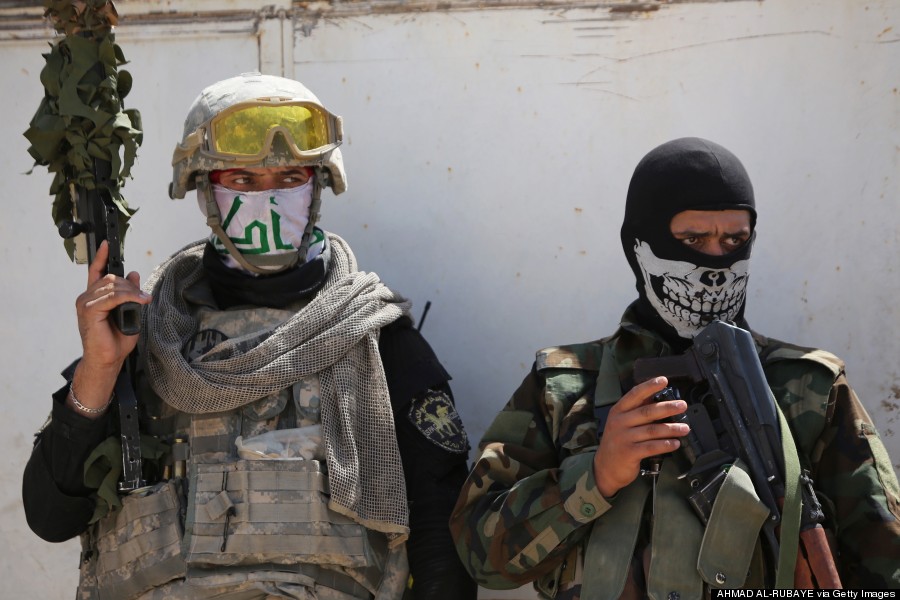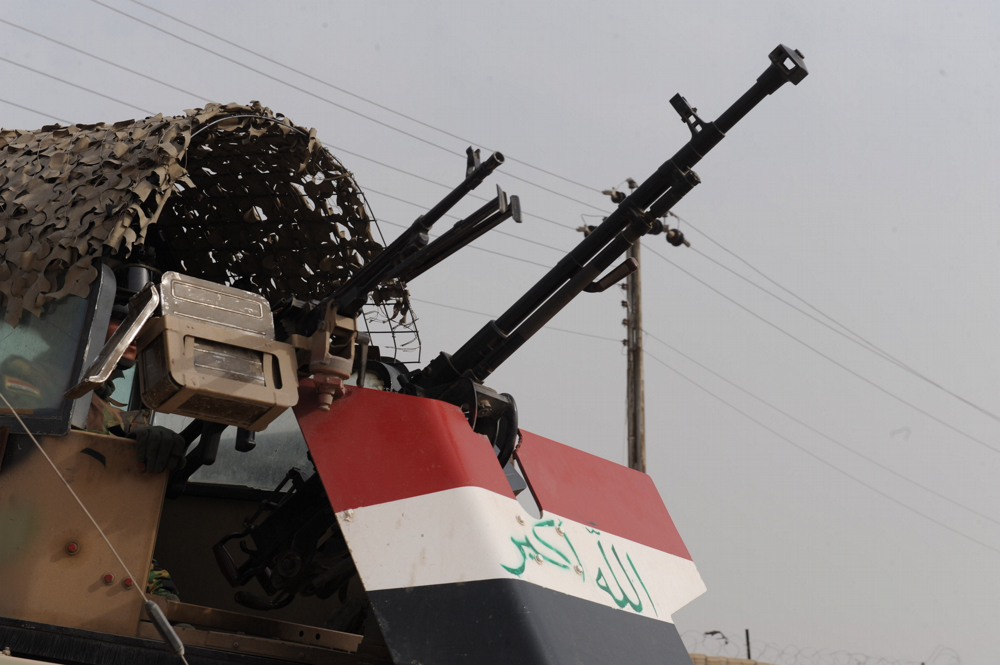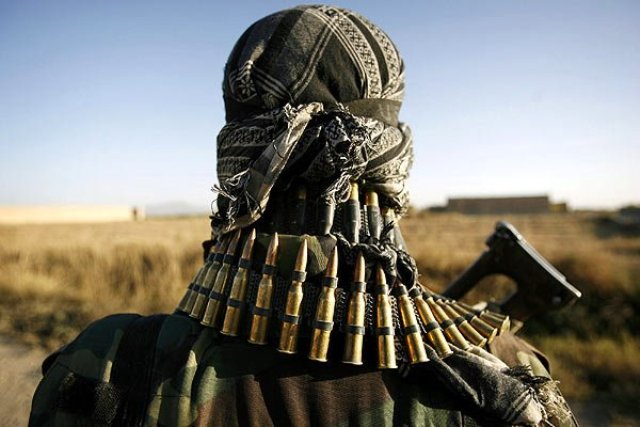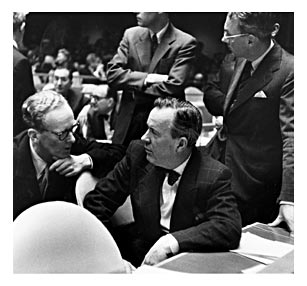
On May 17, 2015, some 1,500 Iraqi Army soldiers laid downtheir weapons and fled the city of Ramadi in the face of only 150 Islamic State (IS) fighters. This garnered harsh criticism from the US government with Secretary of Defense Ashton Carter saying that “Iraqi forces just showed no will to fight” and General Martin Dempsey, chairman of the Joint Chiefs of Staff saying that “The ISF was not driven out of Ramadi. They drove out of Ramadi.”
This was not the first time that the Iraqi Army laid down their weapons and ran in the face of a much smaller force. In June of 2014, 30,000 Iraqi Army soldiers dropped their weapons and retreated in the face of some 800 IS fighters in Mosul. Not only did they leave their weapons, they also left millions of dollars worth of equipment supplied by the US government in the hands of IS who in turn later used it against them.
The U.S. government has spent billions of dollars both equipping and training the Iraqi Army, but in turn the Iraqis have proven that money and equipment alone does not create an effective fighting force. While the Iraqis may know how to fight, many are wondering what it will take to get them to want to fight. One of the potential answers to this question can be seen in the growing influence of militias fighting on the front lines against IS. After the retreat from Mosul in 2014, the Iraqi Army was in disarray and there was a call to arms for volunteers to take up the fight against IS. This led to the creation of the National Mobilization Force, an umbrella organization of militias sometimes called the Popular Mobilization Force. Since 2014, these militias, mostly Shi’a, have been slowly taking over as the main fighting force used by the Iraqi government in the battle against IS.
As of March, 2015, there were somewhere between 70,000-120,000 soldiers fighting in Iraq’s Shi’a militias. While the Iraqi government sees these Shi’a militias as an effective force multiplier in the fight against IS, there are several major problems with using them. The first problem is that Shi’a militias are, at their core, sectarian organizations that fight for Iraq’s Shi’a majority, not for all of Iraq. The sectarian divide amoung Sunni and Shi’a in Iraq has been well documented and runs deep. This means that every time a Shia militia takes over a Sunni dominated city or area there is potential for violence against the local Sunni population.
Human Rights Watch(HRW) documented one such instance in August 2014, when Shi’a militias beat back IS and took back the Sunni populated city of Amerli. In a report entitled After Liberation Came Destruction, HRW findings showed that after Shia militias moved into the city they burned and destroyed thousands of buildings in dozens of predominately Sunni villages in the Amerli area. They also abducted at least eleven men of fighting age, probably many more.
Another problem with the Shi’a militias is that many of the largest and most successful of them are backed by and take orders from Iran. Not only this, but many of these militias are led and made up of the same men that the US was fighting during the 2003 Iraq War. Major Shi’a militias such as the Harakat Nujaba, Sayyed al- Shuhada Brigade, and Imam Ali brigade, which is part of the so called League of the Righteous, all have top leaders who are listed by the U.S. as specially designated global terrorists. In fact the commander of the entire Popular Mobilization Forces, Abu Mahdi al Muhandis is listed by the US government as a specially designated global terrorist. While the US initially said that it would not support operations which included Iranian backed militias, it has not held to this. US aircraft helped the militias advance in Amerli, Jurf al Sakhar, and Tikrit, and are currently helping with the counter offensive in Ramadi.
Altough the reliance on Shi’a militias may be working in the short term in pushing back IS, it is also creating a recipe for disaster in the long run. While the Iraqi government sees these militias as an effective fighting force against IS, many of Iraq’s Sunnis see the militias as agents of Iran, who seek to oppress them. Many of them are not convinced that IS is worse than the Iraqi government which supports the militias. Every time a Shia militia conducts itself as it did in Amerli, it creates the potential for a new wave of recruits for IS. This is counterproductive as the only way to defeat groups like IS in the long run is to create an inclusive Iraqi government which treats the Sunni and Shi’a populations equally.




